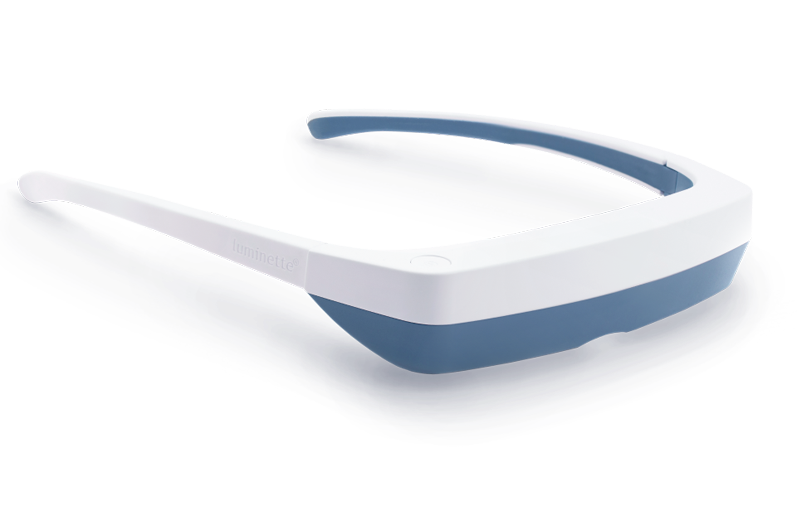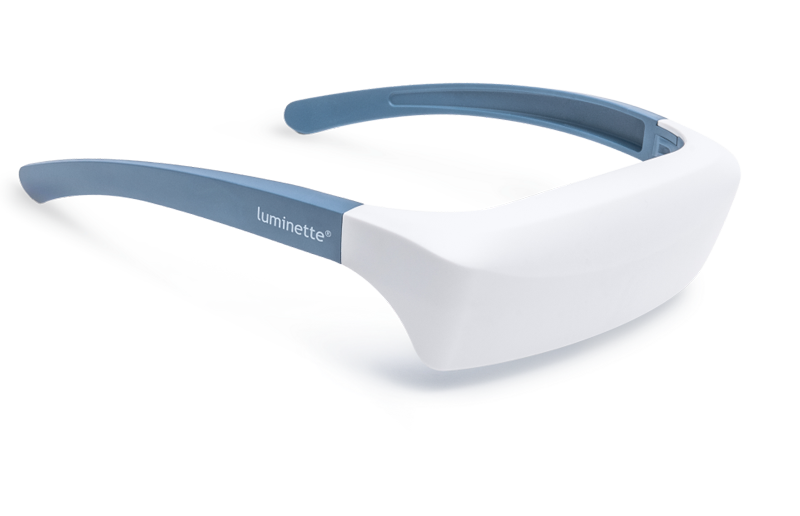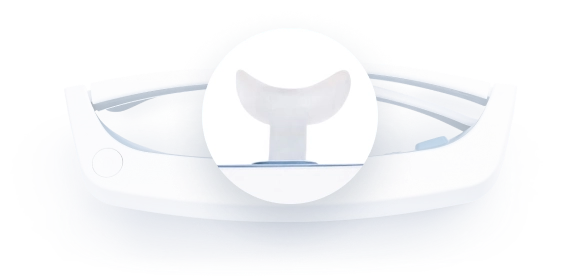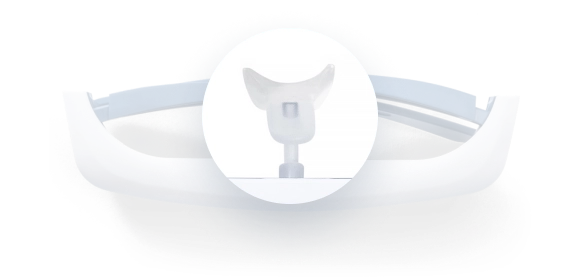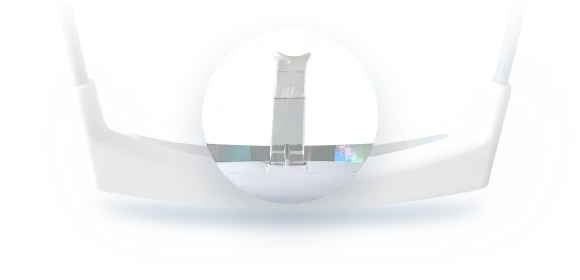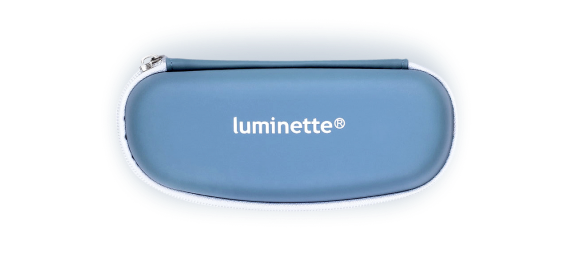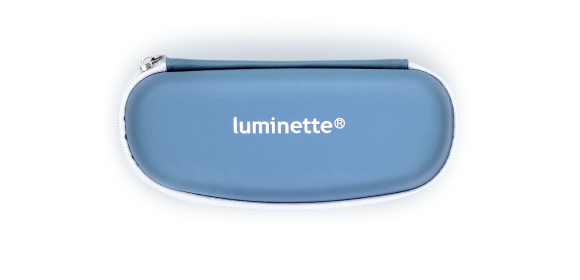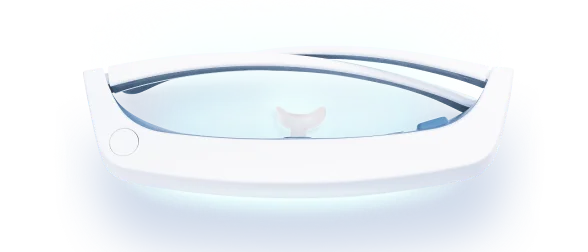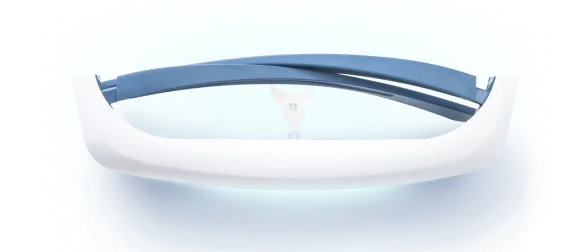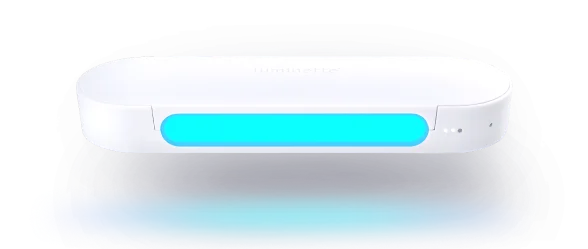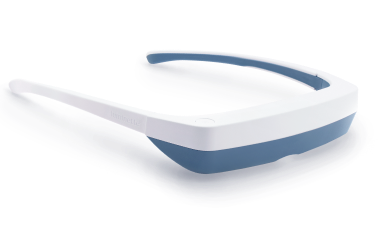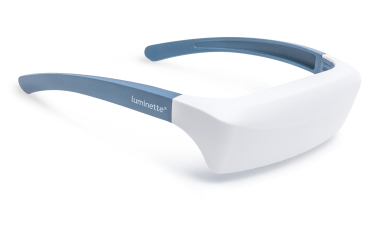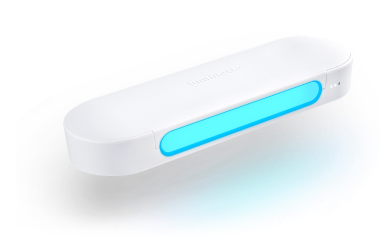Traditionally, light therapy was done using stationary lamps in front of which you had to sit for twenty to thirty minutes each morning. These lamps work very well, but their main drawback is that they require you to stay relatively still: you need to remain close to the light source at a precise distance and angle.
Fortunately, in recent years a mobile alternative has appeared: portable light therapy glasses. They let you get your dose of light while carrying on with daily activities - reading, having breakfast, checking emails, or getting ready in the morning. In this category, two models dominate the market: Ayo and Luminette 3. Each has its own strengths: some prioritize design and lightness, others bet on optical technology and scientific validation. This article aims to clarify their differences so you can make an informed choice.
Light therapy glasses: how do they work?
Light therapy glasses reproduce the effects of daylight by emitting controlled white or blue light. This light reaches the eyes and stimulates non-visual photoreceptors located at the bottom of the retina, which then send signals to the brain. The result: the secretion of melatonin - the sleep hormone - decreases in the morning, while serotonin and cortisol production increases, supporting energy and a good mood.
The main benefit of this type of device is freedom of movement. You can wear the glasses while doing your usual activities, which makes light therapy much easier to integrate into your daily routine.
Ayo and Luminette 3: two approaches, one goal
Although they pursue the same objective - delivering effective light exposure - Ayo and Luminette 3 differ in their design, technology, and philosophy.
Luminette 3: clinical experience and gentle optics
Developed in Belgium in 2006 by Lucimed, Luminette 3 is the result of more than four years of research in collaboration with the University of Liège. It was the first portable light therapy device to be clinically validated, and it is now used by more than 300,000 people worldwide.
Luminette is characterized by a patented optical system: white light enriched with blue (peak at 470 nm) is first reflected on a holographic reflector and then directed from top to bottom, like sunlight. This approach is both more natural for the eye and less dazzling than light projected directly into the visual field.

Ayo: modern, lightweight, and app-connected
Launched in 2015, Ayo is a more recent alternative. Its design is lightweight (about 30 g) and futuristic, and the device is controlled via a mobile app (iOS/Android) that lets you adjust session duration and intensity.
Ayo emits pure blue light centered at 470 nm with a single wavelength band. It acts directly on the eyes through LEDs placed in front of your line of sight. The concept is effective for circadian regulation, but this direct emission can feel slightly more dazzling, especially for sensitive eyes or for those wearing prescription glasses.
Ayo stands out for its low weight and connected interface, but its scientific track record remains more limited than Luminette’s.
Key differences between Luminette 3 and Ayo

1. Light direction
Luminette 3 projects light from the top down, mimicking the natural angle of the sun. This angle of incidence matches the optimal direction to stimulate the non-visual photoreceptors located in the lower part of the retina, which are responsible for regulating the biological clock. It also avoids direct glare, since the light does not enter the visual field head-on.
By contrast, Ayo sends light directly into the eyes, often frontally. This positioning can feel more aggressive—especially for sensitive eyes—and may feel less natural over long-term use.
✅ Winner: Luminette 3, for a more natural, comfortable light direction.
2. Type of light
Luminette emits white light enriched with blue, peaking at 470 nm—the same peak as Ayo. Because it contains multiple wavelengths, this white light is closer to daylight.
Ayo uses pure blue light at a single wavelength (470 nm). While scientifically valid, it can be perceived as harsher and less pleasant over the long term.
✅ Winner: Depends on preference, with a slight edge to Luminette for comfort.
3. Light diffusion method
Luminette 3 uses a patented optical technology: the light is first reflected on a holographic reflector and then redirected indirectly toward the eyes. This ensures homogeneous, gentle exposure without glare—even after several minutes of use.
Ayo, on the other hand, emits light directly from LEDs placed in the frame. This frontal system can cause faster eye fatigue or discomfort for people sensitive to light.
✅ Winner: A slight preference for Luminette due to softer, indirect diffusion that tends to be better tolerated.
4. Compatibility with prescription glasses
One major advantage of Luminette 3 is full compatibility with corrective glasses. Positioned above the visual field, it can be worn easily over glasses or lenses without discomfort or loss of effectiveness.
Ayo sits directly in front of the eyes, which makes it difficult to combine with prescription glasses.
✅ Winner: Luminette 3, for universal compatibility.
5. Wearing comfort
Luminette 3 is designed for easy everyday use. Its indirect lighting and above-the-eyes position let you read, cook, eat breakfast, or work while enjoying a light therapy session. At 53 grams, it’s still reasonably light, and the ergonomic shape balances well on the nose.
Ayo is lighter (about 30 g), slimmer, and more discreet, which some users will find more comfortable if they prioritize lightness and design. However, its more direct beam can bother some users—especially those working at a screen.
❌ Winner: Ayo, for low weight and slimness, though Luminette remains comfortable to wear.
6. Safety and certifications
On safety, the two devices are equivalent. They carry CE marking, are UV-free, and meet international photobiology standards (IEC 62471, CE/FCC). Both can be used safely for the eyes.
⚖️ Result: Equivalent on this point.
7. Track record and scientific validation
Luminette benefits from nearly 20 years of use and a strong scientific record. Developed with the University of Liège and marketed since 2006, it has been studied in more than fifteen clinical trials in European hospitals and universities. These studies have demonstrated benefits for sleep, alertness, and energy.
Ayo, launched more recently in 2015, is based on similar principles but has far fewer independent publications to date.
✅ Winner: Luminette 3, for scientific validation and proven clinical experience.
8. Battery life, settings, and ease of use
Both devices include a rechargeable battery and offer roughly a week of autonomy depending on intensity. Luminette 3 lets you choose between three intensity levels (500, 1000, and 1500 lux), allowing you to adapt comfort to your sensitivity.
Ayo also offers adjustments, but they’re accessible only through the mobile app, which some may find less convenient.
✅ Winner: Luminette 3, for simplicity and on-device controls.
9. Price, value, and mobile app
Ayo comes in two versions:
-
a standard version priced similarly to Luminette 3 (about €229); and
-
a premium version at €299, which includes an app offering session tracking and usage recommendations.
In our view, the app adds limited value. The guidance provided largely overlaps with the user manual and does not justify the €70 premium. Luminette 3 is simpler to use, does not depend on an external app, and feels intuitive from the first use.
✅ Edge: A slight preference for Luminette.
10. Warranty
Luminette is covered by a 2‑year warranty, compared with 1 year for Ayo. This reflects a stronger commitment to durability and reliability.
✅ Winner: Luminette 3, for a longer warranty.
Discover Luminette 3 here: See the product
Comparison table: Ayo vs Luminette 3
|
Characteristic |
Luminette 3 |
Ayo |
|
Year launched |
2006 |
2015 |
|
Origin |
Belgium |
Bulgaria |
|
Type of light |
White light enriched with blue (peak 470 nm) |
Pure blue light (470 nm) |
|
Light direction |
Top‑down (natural angle) |
Directly into the eyes |
|
Light diffusion |
Indirect via holographic reflector |
Direct LED emission |
|
Prescription glasses |
Yes—wear over glasses comfortably |
Difficult to use with glasses |
|
Weight |
53 g |
30 g |
|
Adjustable intensity |
3 levels (500–1500 lux) |
Via the mobile app |
|
Battery life |
5–10 sessions (typical) |
~7 sessions (typical) |
|
Warranty |
2 years |
1 year |
|
Clinical validation |
~15 published studies |
Limited independent data |
|
Optical safety |
CE + IEC 62471 |
CE + IEC 62471 |
|
Price (standard) |
~€229 |
~€229 |
|
Price (premium/app) |
— |
€299 (premium with app) |
|
Mobile app required |
No |
Only required for premium features |
Conclusion: two good choices, one proven reference
As always, the right choice depends on the user. People seeking a light and connected device will appreciate Ayo, whereas those prioritizing optical precision and scientific validation may prefer Luminette.
Ayo wins points for its sleek design and low weight, while Luminette 3 remains the safe bet: a pioneer, clinically validated, comfortable to wear, and built to last.
If you are looking for a scientifically proven, comfortable, and natural solution, Luminette 3 stands out as the market reference.
Discover Luminette 3 in our official store: Buy Luminette 3
This article aims to objectively compare two popular portable light therapy solutions using public information, scientific publications, and technical data shared by the manufacturers.
Frequently asked questions
What’s the difference in light direction between Ayo and Luminette 3?
Luminette 3 illuminates from top to bottom, like the sun, which naturally stimulates the right photoreceptors while reducing glare.
Ayo sends light head‑on, directly into the eyes, which can feel more intense and sometimes a bit more bothersome for sensitive eyes.
Do both devices use the same type of light?
Luminette emits white light enriched with blue—softer and closer to natural daylight—while Ayo uses pure blue light with a cooler, more artificial feel.
Is the light diffusion direct or indirect?
Luminette diffuses light indirectly using a patented optical system that reflects light before it reaches the eyes. This approach limits glare and provides a sense of visual comfort.
Ayo projects light directly into your line of sight, making it brighter and sometimes more fatiguing over the long term.
Can I wear prescription glasses with these devices?
Positioned above the eyes, Luminette 3 can be worn easily over prescription glasses. Ayo, however, sits in front of the eyes and is difficult to combine with corrective glasses.
Which device is more comfortable to wear?
Ayo is very light (about 30 g) and almost unnoticeable—great for those seeking discretion. Luminette, a bit heavier (53 g), compensates with good stability and superior visual comfort thanks to its soft, non‑glare diffusion.
What about safety and standards?
Both devices are CE‑marked, UV‑free, and compliant with international photobiology standards (IEC 62471). They are safe to use.
Are there differences in scientific validation?
Yes. Luminette has nearly 20 years of real‑world use and more than fifteen clinical studies conducted by European universities and hospitals. Ayo is newer and based on the same principles but with less independent data published so far.
What should I know about settings and battery life?
Both offer about a week of autonomy. Luminette lets you adjust light intensity directly on the device (500, 1000, or 1500 lux). Ayo also offers adjustments but only via its mobile app.
What’s the price difference and is Ayo’s app worth it?
Both devices are around €229 in their standard versions. Ayo also offers a “premium” version at €299 with a tracking app. The app provides some tips, but its features remain limited; in most cases, the included instructions are sufficient for optimal use. Luminette stands out for its simplicity: no app required, direct and intuitive use.
How long is the warranty?
Luminette 3 has a 2‑year warranty, versus 1 year for Ayo.
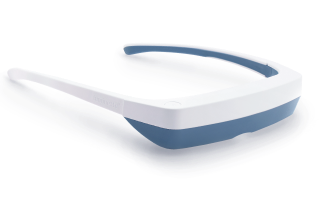
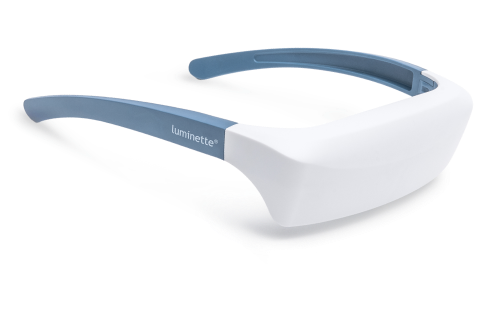
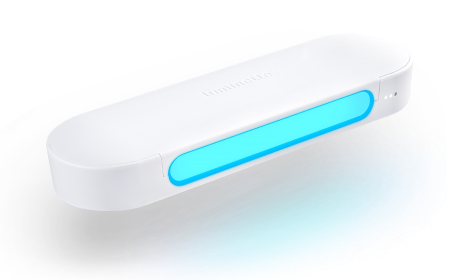
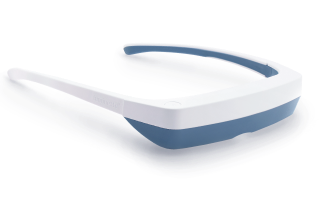
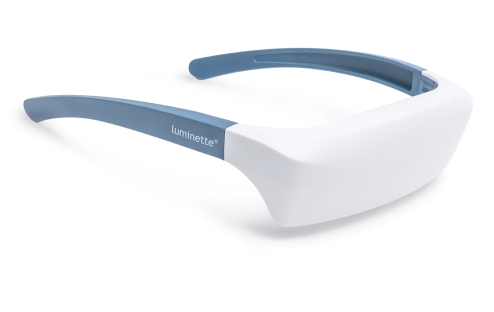
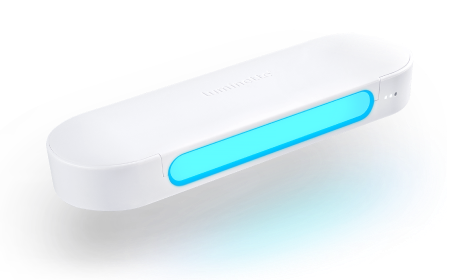
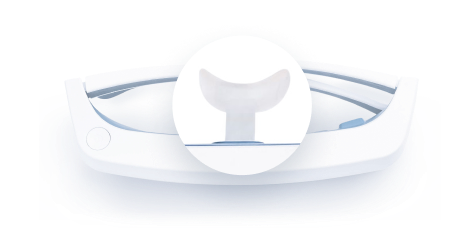
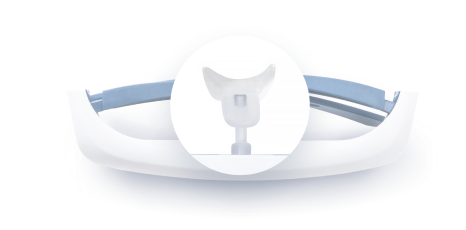
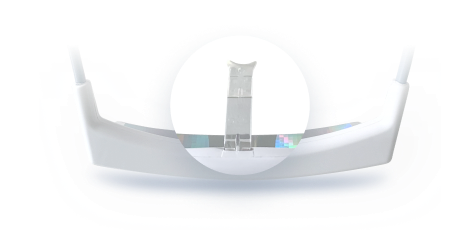
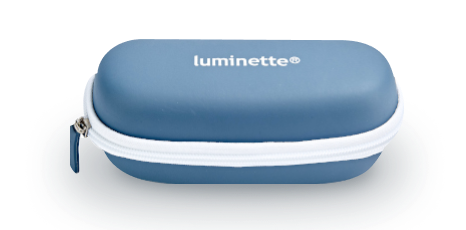
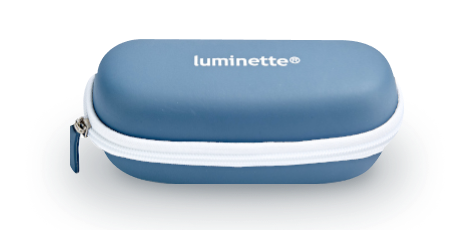
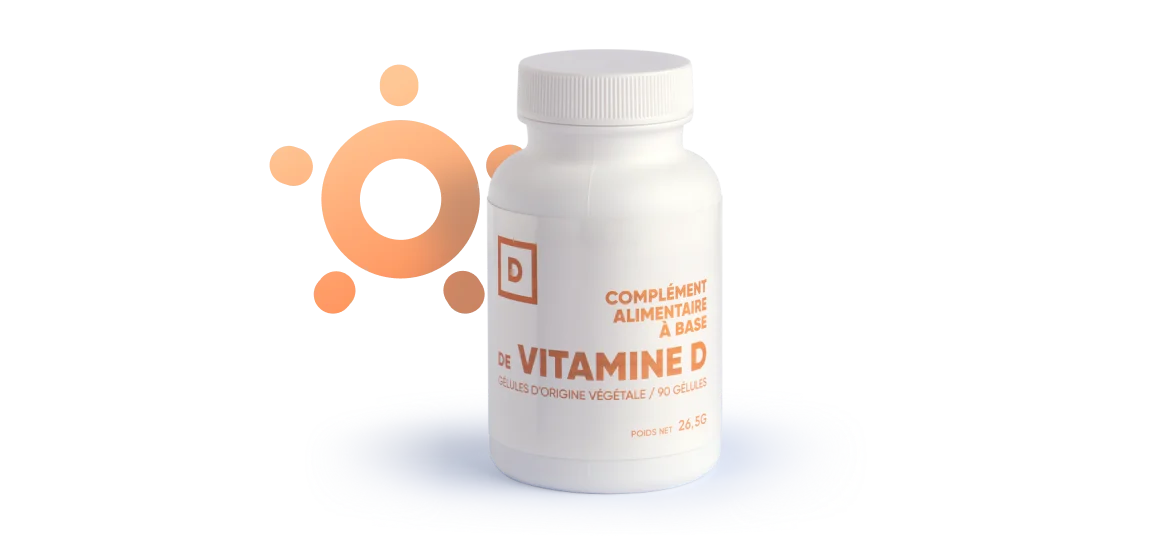



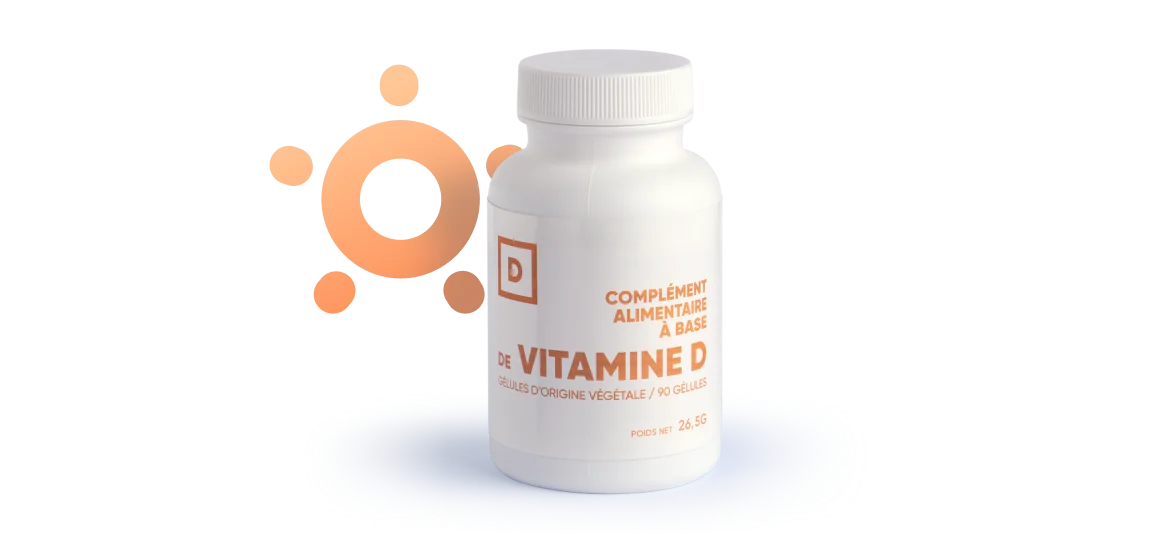
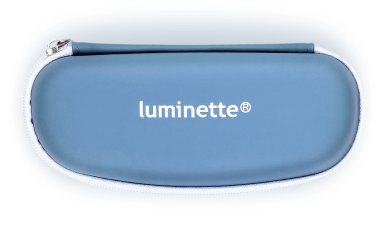
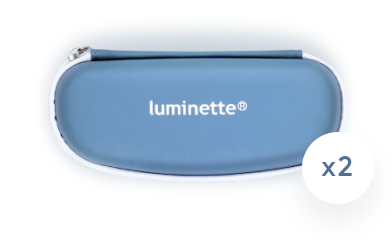
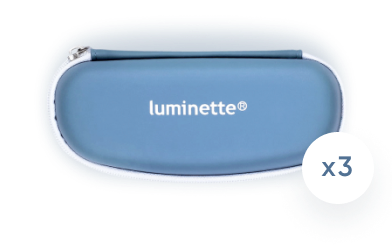
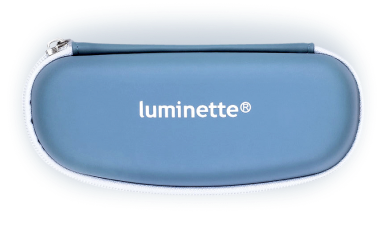
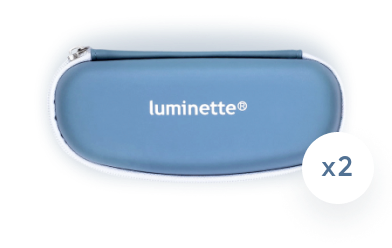
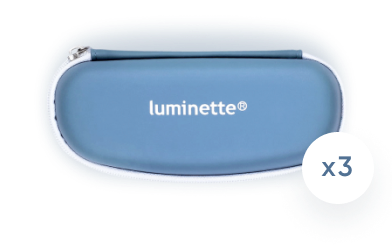
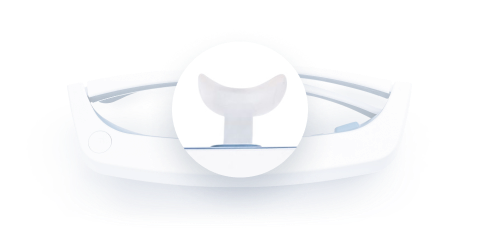
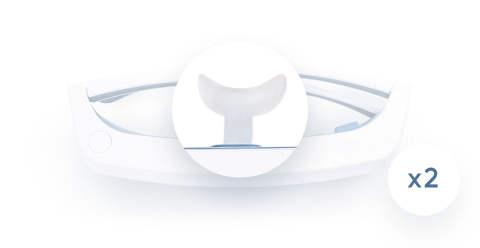
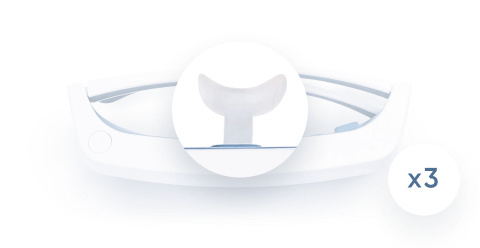
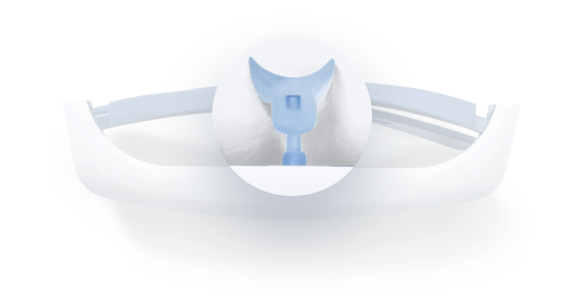
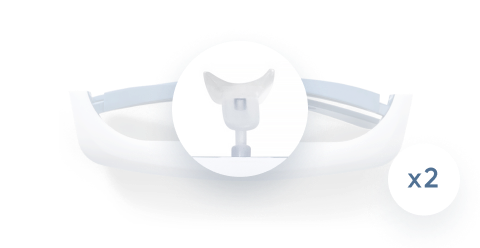
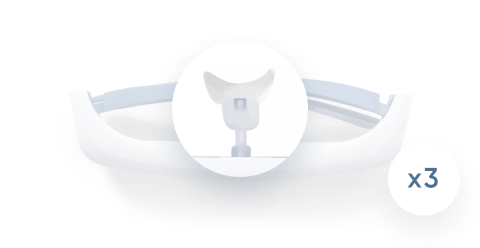
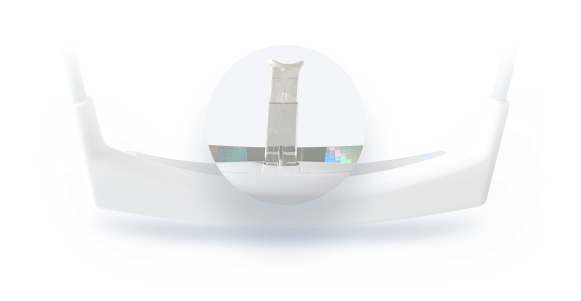
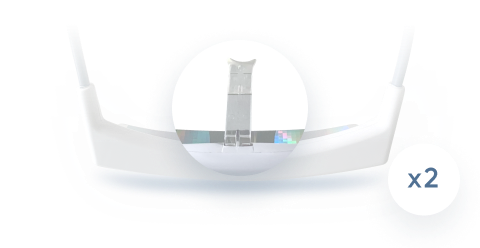
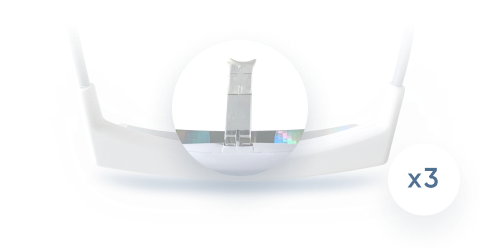
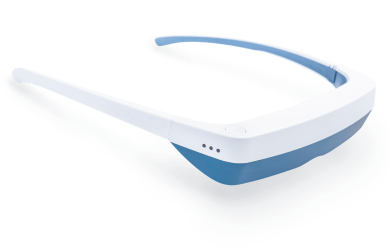
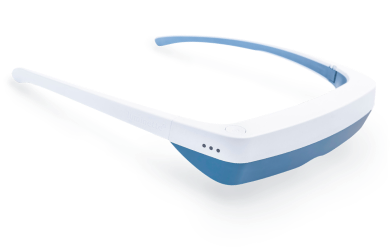
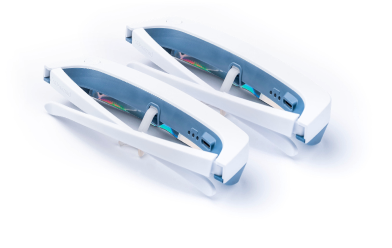
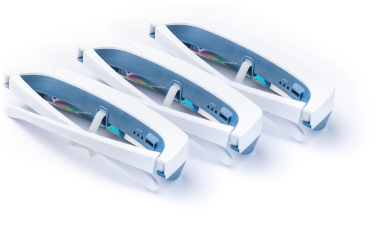
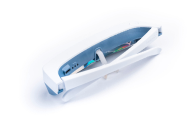
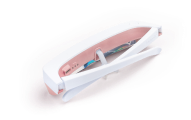
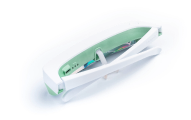
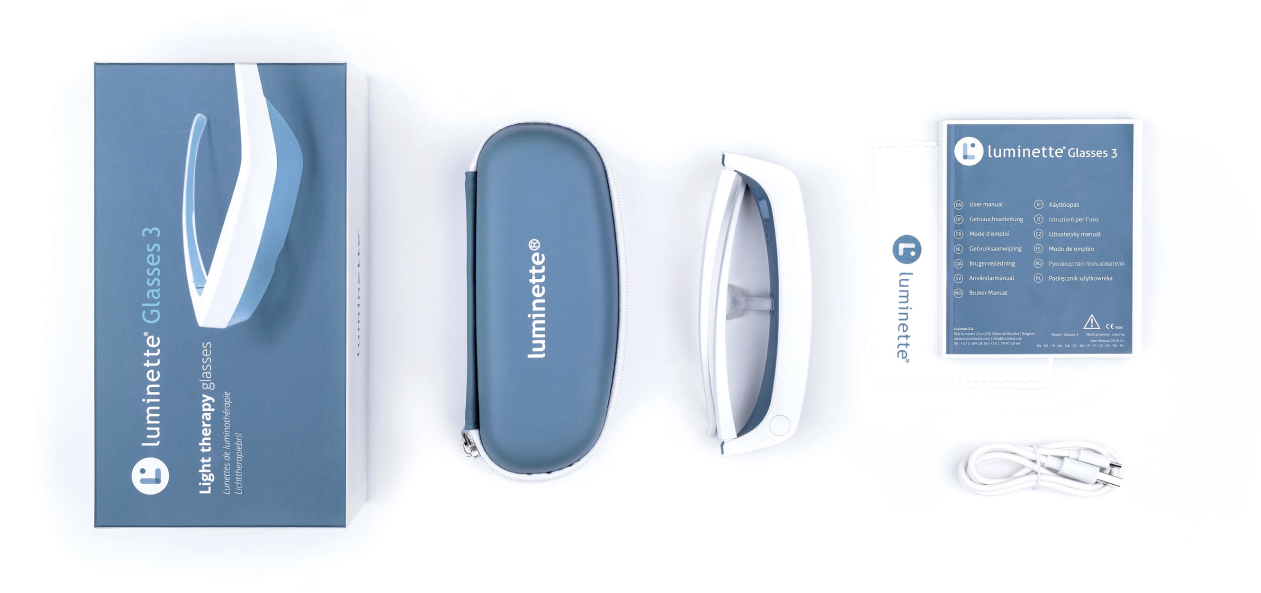
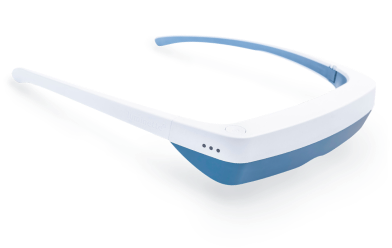
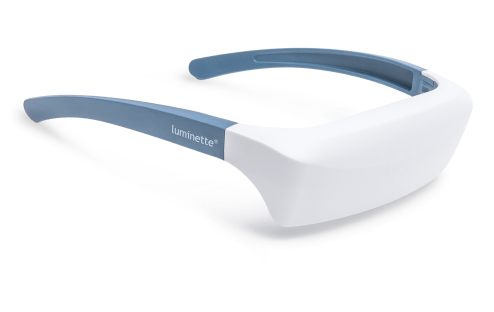
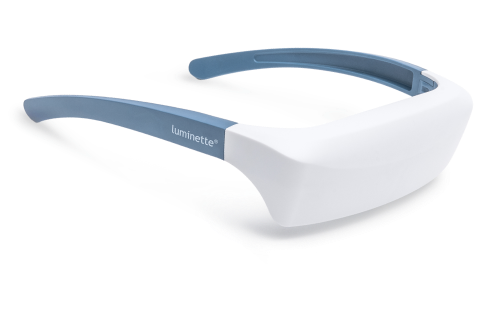
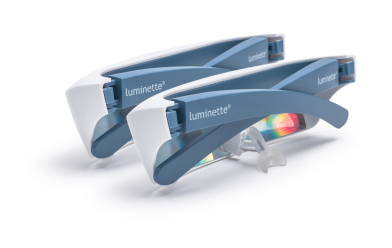
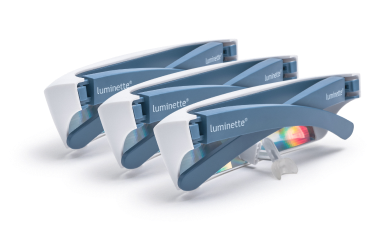
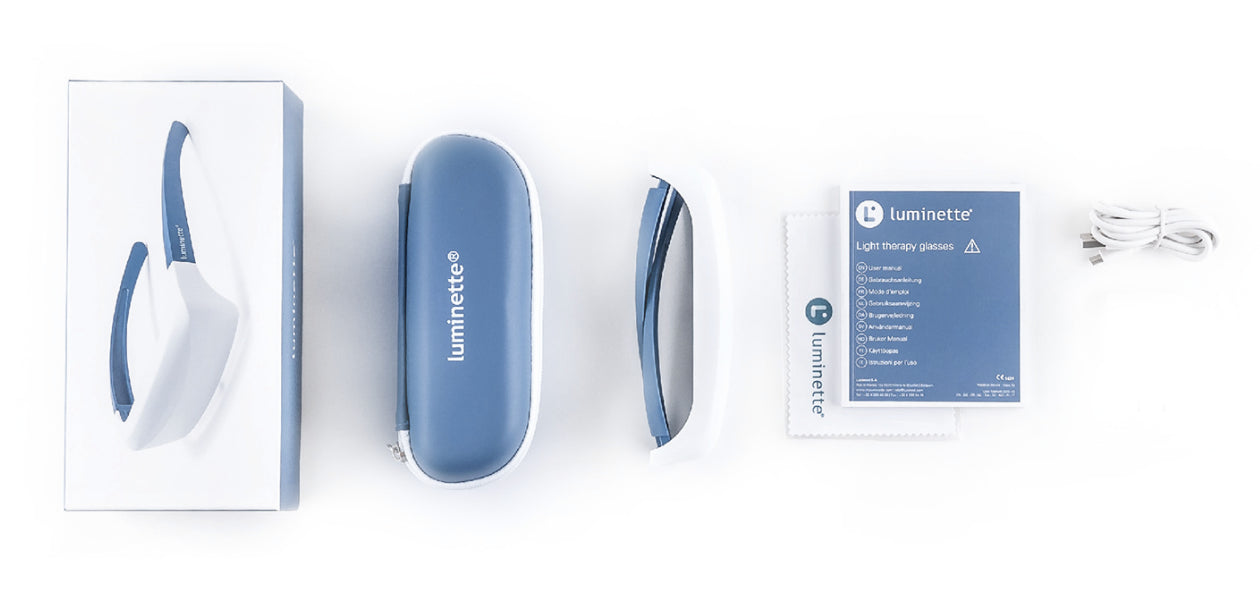
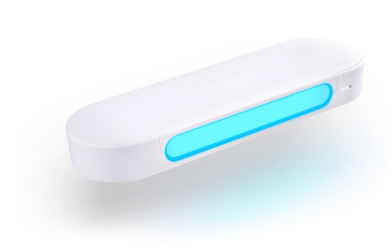
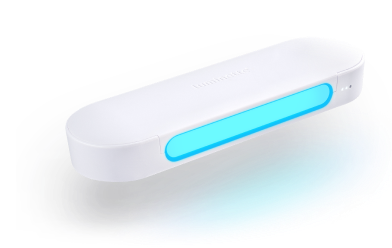
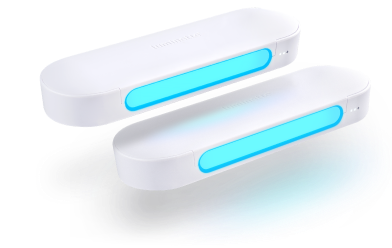
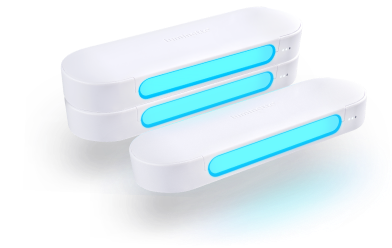
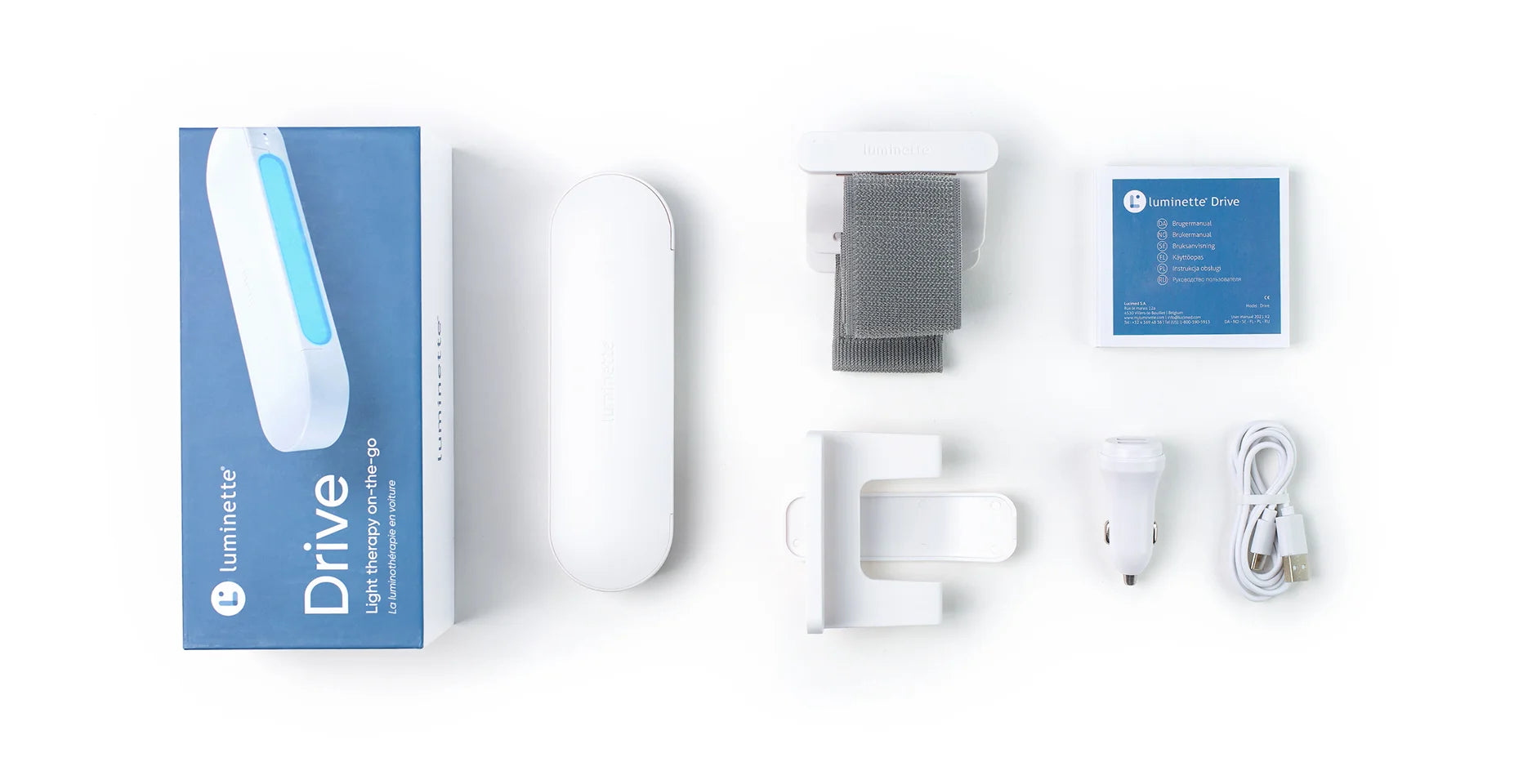

 Please note
Please note



